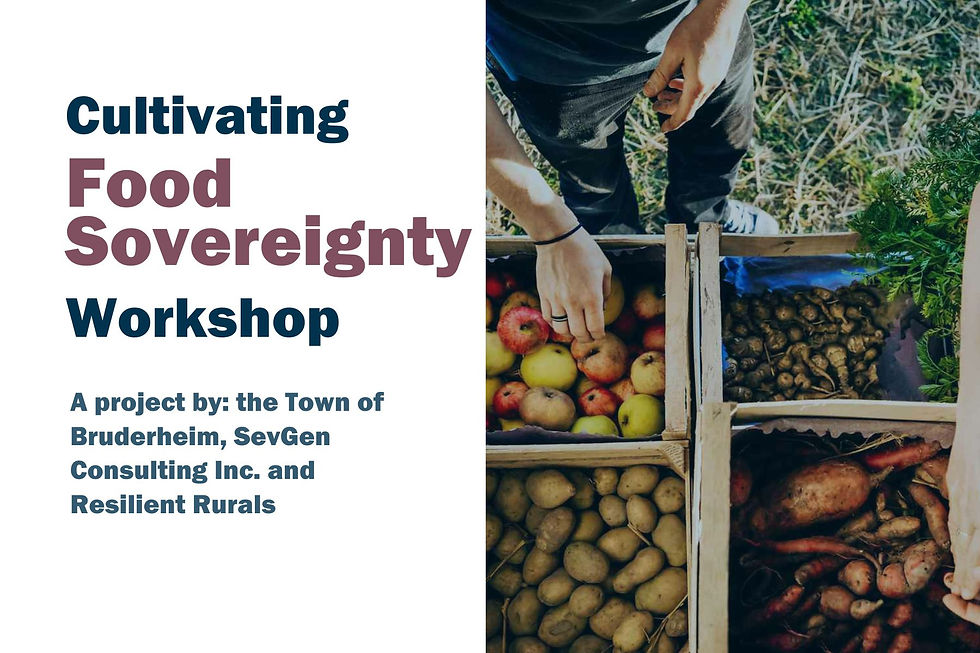What is resilience?
- jillyanch
- Apr 23, 2019
- 1 min read
Updated: Dec 8, 2021
Small town resilience. What is it? Why does it matter?

Climate change adaptation has become a major topic of discussion across the country and around the world. For some municipalities, it's been in process for years. But what is it?
Approximately 38% of Albertans live outside of the province's largest urban centres. They are our rural and small town residents, and they have contributed greatly to the history and culture of Canada.
Many stand to be severely impacted by changes in climate, as their livelihoods and lifestyles are tied closely to the land. Resilient Rurals wants to ask on their behalf, “As small communities, how resilient are we to things like changes in climate, infrastructure deficits, economic downturns and changes in demographics?” “What makes us resilient?” “What makes us vulnerable?” And, "What can be done?"
The importance of adaptation
Climate change adaptation is the action we take to respond and adapt to a changing climate. For example, building flood defences or landscaping with drought-tolerant plants. Adaptation is different from climate change mitigation, which is the action we take to slow or stop climate change by reducing greenhouse gas emissions.
Much of the attention for municipal climate change adaptation has focused on cities. These large urban centres are making great strides in paving the way. But adaptation in small and rural communities will look very different. The issues faced by these communities are often very different, and in some cases, a department consists of one person. It's critical we start to examine the elements of small-town adaptation, and more importantly, overall resilience.
.png)



Comments